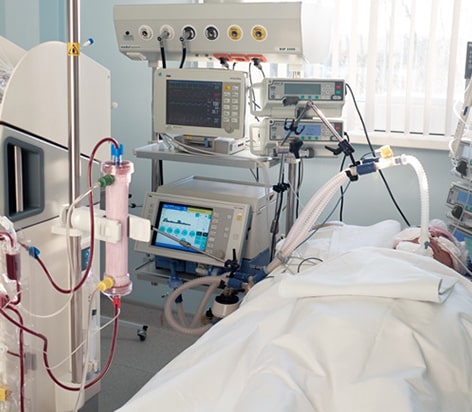
Intensive Care Units (ICUs) are specialized units equipped with advanced and highly sophisticated instruments for the constant monitoring of patients. invasive ICU procedures allow the doctor and paramedical staff to monitor and deliver the drugs without causing discomfort to the patients. Some invasive procedures, such as invasive mechanical ventilation, assist in saving the lives of critically ill patients.